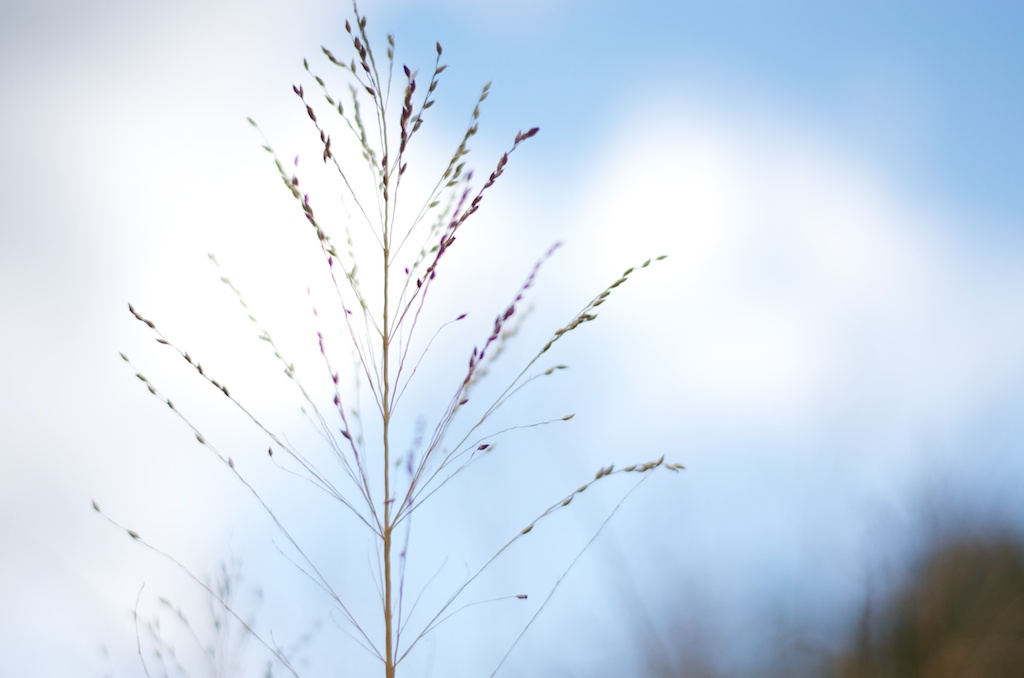« Back to the Table of Contents
To the right of the node form (when adding or editing a node), you will see a set of tabs for content settings under Published:

Some content types may not display all of the tabs represented above, depending on how the content type is configured.
Menu settings
This tab is described in more detail under Edit the Menus (Navigation).
URL Alias
If you do not feel comfortable with URL paths and aliases, leave this tab alone. All content types are set to automatically create friendly URLs for your pages. Once you are comfortable with aliases, however, you can use this tab to customize the path of a particular page where desired.

Authoring information
This tab is where two pieces of metadata about a node are stored: who wrote it, and when it was created.

Authored by is the field that stores who created the node. This field references existing users on the site. If you want a particular node to appear to be authored by someone other than the person who actually entered the node, you can enter a different username into this field.
Because content is always tied to a particular user through the Authored by data, it is important that users not be deleted from your site. If you no longer want a user to access the site, the user should be blocked, not deleted. This way, you maintain a record of the user's activity on the site, and do not orphan content that is linked to that user.
Some nodes, such as Articles (news/blog), display the author and post date in the default LibrarySite configuration. This can be customized for individual libraries.
Authored on is the field that identifies the date and time that a node was created.
If you choose to edit this field, you will want to pay careful attention to the field help text. The date and time stamp must follow a very specific format in order to be understood.
Some content is displayed on the site in reverse chronological order from when the content was created (such as the Library news, which always displays most recent content first). While you will rarely manipulate this particular field, you may find it useful to adjust the date stamp on a node if content is ever created out of actual desired order, or long after it should have been created.
Promotion options

The promotion options tab offers two useful settings for your nodes:
- Promoted to front page - this setting is not used in the default LibrarySite configuration, but can be employed through customizations. Its function will be determined by specific library needs. In a default Drupal installation, this setting determines whether or not a piece of content shows in the generic River of News content stream that typically exists on the front page of a blog-style site.
- Sticky at top of lists - this setting can be used to override default sort order anywhere where content is listed (examples: listings of news items, events or resources). While content is usually sorted by whatever makes sense for the type of content (news lists in reverse chronological order with newest items first, events list in order of events with the next upcoming event first, resources list alphabetically), any content that is marked Sticky will display at the top of the list regardless of creation time, date or alphabetization.
All of these options can be changed at any time in a node's life by simply editing the node.

